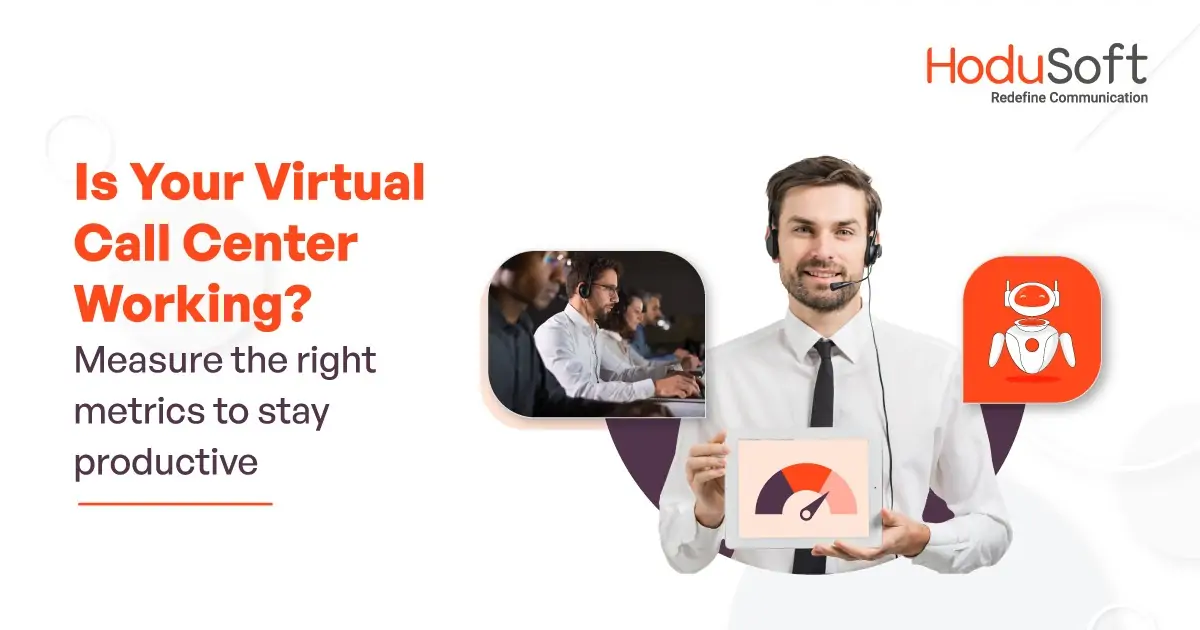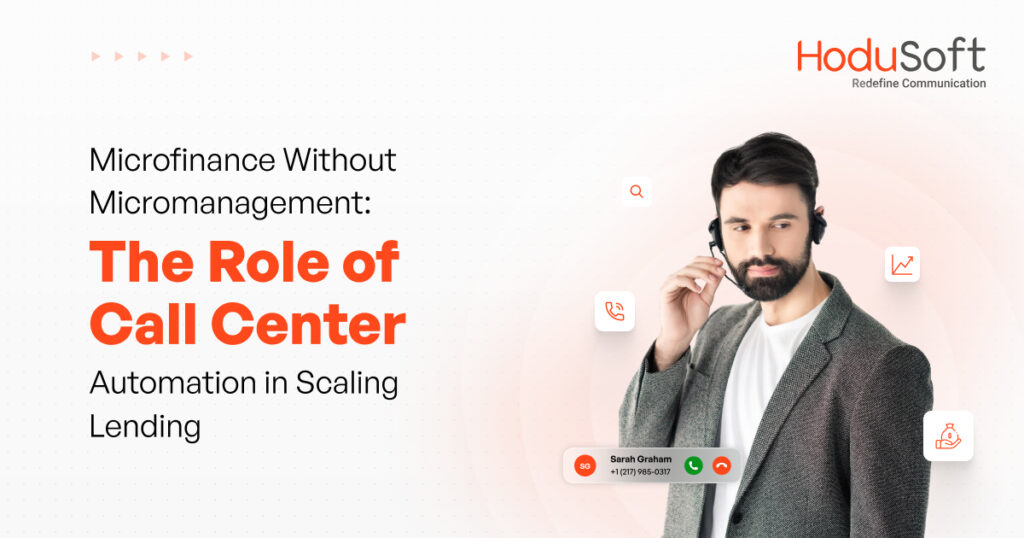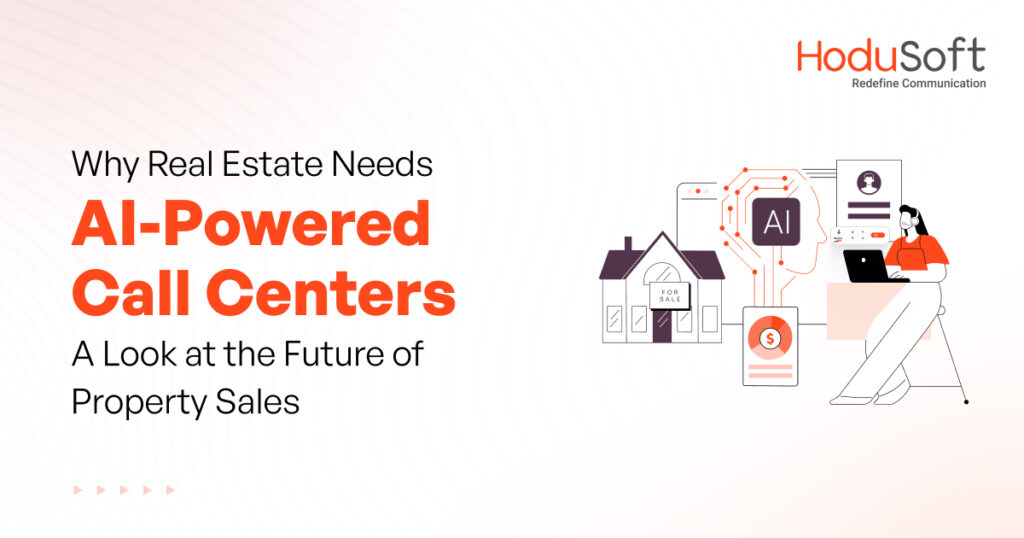Metrics to Measure the Performance of Your Virtual Call Center
“A useful metric is both accurate and aligned with your goals. Don’t measure anything unless the data helps you make a better decision or change your actions.” This quote by Seth Godin highlights the importance of using the right metrics.
Managing a virtual call center is not easy. You need to track and monitor a lot of parameters to ensure it’s running well. If you happen to own or manage a virtual call center, you must know the importance of using the right metrics to not only track agents’ performance or call outcomes but also to ensure customer satisfaction.
Without the right metrics, you would be shooting in the dark. Only the right metrics can tell you if things are working in your call center or not. That’s why monitoring the right metrics is extremely important. Metrics enable you to measure so that you can learn and fix. As legendary marketing guru Peter F. Drucker said “What’s measured improves.”
At HoduSoft, we know what the right metrics can do for you and your business. By providing the right virtual call center software, we have helped many companies running virtual call centers measure the right metrics. In this blog post, we discuss the metrics you must use to measure your call center’s performance. Read on to gain valuable insights.
10 Metrics to measure the service level of your virtual call center’s performance

In a virtual call center, you need to monitor and measure your service level and customer satisfaction score to understand how your virtual call center is performing. Here are some crucial metrics to consider-
#1. Average Hold Time (AHT)
It refers to the average amount of time agents put their customers on hold. It is calculated by dividing the total amount of time your customers remained on hold by the total number of calls. Usually, the average hold time should not be more than a few seconds. As per a study, three out of every five customers will hang up if an agent keeps them on hold for only one minute. You can monitor your on-hold time to find out gaps in your agents’ knowledge and inefficiencies in your processes. You must keep the on-hold time as low as you can.
#2. First Call Resolution rate (FCR)
It refers to the percentage of customer queries, requests, or issues that agents resolve on the very first attempt. It is calculated by dividing the total number of inquiries resolved on the first attempt by the total number of calls handled by agents multiplied by 100. A higher call resolution rate indicates efficient customer service. As per a well-known study, the industry standard for the FCR is about 70 to 75 percent. If the FCR is higher in your virtual call center, you should keep it up. If the FCR is lower than the industry average, then find out what’s wrong and take corrective measures.
#3. Average Speed of Answer (ASA)
It refers to the average time an agent takes to answer a call from a customer. It’s calculated by dividing the total wait time for answered calls divided by the total number of answered calls. The international industry standard of ASA is 28 seconds. It’s often cited that eight out of every ten calls are answered within 20 seconds. Longer ASA can result in poor customer experience and satisfaction. If your virtual call center’s ASA is 30 seconds or more then find out the potential problems.
Also Read: ABC of Virtual Call Center Software and Contact Center
#4. Abandon Call Rate (ACR)
It refers to the percentage of incoming calls where a customer terminates the call before speaking with a customer service representative. It’s calculated by dividing the number of abandoned calls by the total number of incoming calls multiplied by 100. It’s used to measure a call center’s efficiency and customer service quality. Even though the average ACR varies from industry to industry, the industry standard is between five and eight percent. While an ACR of up to five percent is acceptable, a rate of above 10 percent is unsatisfactory. If the ACR in your call center is more than 10 percent, then look at the possible problems and try to reduce them as much as you can.
#5. Call Completion Rate (CCR)
It refers to the total number of calls answered or completed out of the total number of calls attempted. It’s calculated by dividing the total number of answered calls by the total number of attempted calls multiplied by 100. The higher the CCR, the better the customer service and customer satisfaction. You should target a minimum CCR of 75 percent. If it’s lower than that, find out the reason for such a low CCR.
#6. Calls handled
This includes the total number of calls your customer service representatives handle daily, weekly, or monthly. It doesn’t include abandoned calls or disconnected calls. You can monitor the call handled to know how many calls each agent handled and how many calls the IVR system handled.
#7. Average Handling Time (AHT)
This is the average amount of time that a customer service representative takes to answer a query or fulfill a request. Apart from the total talk time, it also takes total hold time, follow-up time, time taken for call transfers, and after-call work into account.
#8. Active waiting calls
This real-time metric shows the number of active call volume versus waiting calls. The rate of active waiting calls can be calculated by dividing the number of calls on hold by the total number of calls at the moment multiplied by 100. The stat can provide valuable insights into agents’ performance.
#9. Agent Utilization Rate (AUR)
It is the percentage of time agents spend on handling customer calls versus the duration of their shift. To give an example, if an agent works an eight-hour shift and handles customer calls for seven hours, then the AUR is 7/8 x 100 = 87.5 percent, which is close to the industry average of 85 to 90 percent.
#10. Customer Satisfaction Score (CSAT)
This metric shows how satisfied your customers are with your customer support services. You can calculate CSAT by conducting a customer satisfaction survey and asking the respondents to rate your service on a scale of one to ten.
Also Read: Best Practices to Adopt for a Successful Outbound Call Center
Metrics to measure agent satisfaction
Just as there are metrics to measure call center performance, there are many metrics to measure agent satisfaction. Employees use the right metrics to
Conduct agent satisfaction surveys: Sending out surveys once a month or regularly can provide valuable insights into agents’ motivation as well as how they feel about their work, work conditions, workload, team, as well as well-being.
Feedback sessions: One-to-one meetings and feedback sessions are extremely crucial to measure agent satisfaction. By asking questions about the company culture, work environment, and job satisfaction, the top management of virtual call centers can ask agents to provide ratings and feedback.
Create custom dashboards: Custom dashboards can provide valuable insights into the level of agent satisfaction as well as their overall job satisfaction. By creating custom dashboards, you can make your metrics more accessible to your agents.
Taking everything into consideration
Knowing the right metrics can make a lot of difference in a virtual call center. It’s extremely crucial as it enables call center managers to measure their performance and identify key areas of improvement.
By using the right metrics, call center managers can get valuable insights into their agents’ performance and how they can improve. Virtual call centers can ensure the metrics are right by using reliable and high-quality software. At HoduSoft, we design sophisticated virtual call center software with advanced analytics and monitoring tools. If you want to know what the right software can do for your virtual call center, contact our team or book a free demo today.



